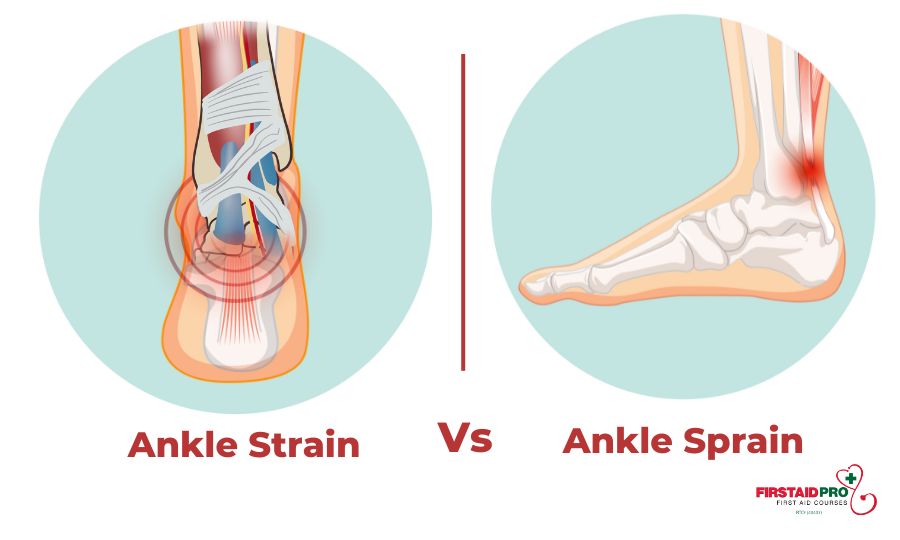Introduction
In life-threatening emergency situations, swift and efficient treatment can indicate the distinction between life and death. This is where the argument of BLS vs ALS enters into play. Basic Life Support (BLS) and Advanced Life Assistance (ALS) are two critical stages in emergency clinical action. Recognizing when to use each technique can be extremely important in conserving lives.
This write-up intends to dig deep right into the complexities of BLS and ALS, helping you recognize when it's time to ask for sophisticated life assistance. With comprehensive sections on methods, procedures, and useful circumstances, you'll be fully equipped with expertise that could conserve a life.

BLS vs ALS: Understanding the Basics of Life Support
What is Basic Life Support?
Basic Life Support (BLS) refers to the first treatment provided to people experiencing cardiac arrest or respiratory system cpr course online failing. It typically involves:
- Checking Responsiveness: Examining whether the individual is mindful or unconscious. Calling for Help: If unresponsive, calling emergency situation services immediately. Performing mouth-to-mouth resuscitation: Carrying out breast compressions and rescue breaths if necessary.
The Role of Advanced Life Support
Advanced Life Assistance (ALS) incorporates more advanced treatments executed by skilled medical employees, which may consist of:
- Medications: Providing medications like epinephrine or amiodarone during cardiac emergencies. Advanced Respiratory tract Administration: Utilizing intubation strategies to safeguard the airway. Defibrillation: Using an Automated External Defibrillator (AED) or hand-operated defibrillator for heart rhythm disturbances.
When Needs to You Call for Advanced Life Support?
Identifying Medical Emergencies
Recognizing when to intensify from BLS to cpr blended course ALS can be difficult. Below are some situations:
Cardiac Apprehension: If the individual isn't breathing and doesn't have a pulse after initiating BLS. Severe Trauma: In instances of significant injury where prompt innovative care is necessary. Respiratory Distress: If a person exhibits signs of choking or serious difficulty breathing after BLS measures.Understanding Healthcare facility Codes and Protocols
Hospitals https://johnathanopfs497.huicopper.com/navigating-hospital-codes-and-protocols-an-overview-for-bls-carriers operate under particular codes associating with emergency situations, such as Code Blue for cardiac arrest. Knowing these can assist when ALS should be activated.
Key Techniques in BLS
Checking Casualty's Breathing
One crucial action in BLS is looking for breathing:
- Place your ear near their mouth while seeing their chest rise. Look for indicators like uncommon breathing patterns or gasping.
Taking Switches on Compressions
If several responders exist:

- Alternate every two minutes to avoid fatigue. Ensure consistency in compression deepness-- at the very least 2 inches deep at a rate of 100 to 120 compressions per minute.
ALS Procedures Explained
Lower Compression Depth vs Higher Compression Depth
While BLS focuses on standard techniques, ALS might involve a lot more intensive approaches that can alter compression deepness based upon individual needs.
Slow Compression Price: A Common Mistake?
During high-stress circumstances, responders may decrease their compression price. Keeping composure is critical; staying on top of a consistent speed makes certain maximum blood flow.
Public Defibrillator Use: A Game Changer
How Public AEDs Work
Automated Exterior Defibrillators are developed for usage by laymans:
Turn it on. Follow visual/audio prompts. Apply pads as suggested on the device.Empowering Communities with AED Training
Communities that invest in public defibrillator training see far better survival rates during heart occasions as a result of quicker action times.
BLS Qualification: Why It Matters?
Importance of Regular Training Classes
BLS certification courses use hands-on experience in essential techniques:
- Ensure you recognize with inspecting responsiveness and recognizing no breathing effectively. Refresh abilities every few years as standards alter frequently.
Certification Bodies and Their Standards
Organizations like the American Heart Association (AHA) set requirements that guarantee all qualified individuals are geared up with updated understanding and skills.
BLS vs ALS: Educating Differences
Curriculum Overview
|Training Kind|Period|Trick Skills Covered|| ---------------|----------|--------------------|| BLS|4 hours|MOUTH-TO-MOUTH RESUSCITATION, AED use|| ALS|Varies|Medicine procedures, progressed respiratory tract management|
Practical Implications
Knowing how each sort of training influences real-world application can help -responders select sensibly in between BLS or awaiting ALS intervention.
Scenarios That Call for Immediate Action
Real-Life Instance Studies
A middle-aged male breaks down throughout a marathon-- what need to onlookers do? A young kid experiences an asthma assault in the house-- when do you ask for help?Each situation highlights exactly how understanding BLS vs ALS can help decision-making under pressure.
FAQ Section
What's the key difference between BLS and ALS?- The major distinction lies in training degrees; BLS includes basic interventions while ALS entails advanced treatments done by medical professionals.
- If you discover a person unresponsive and not breathing, begin mouth-to-mouth resuscitation instantly up until assistance arrives.
- Yes! Public access AEDs are created for laymans; training aids make certain correct usage however isn't mandatory.
- It's suggested to restore every two years as standards might progress over time.
- Absolutely! Remaining calm makes certain effective interaction and appropriate technique implementation throughout crises.
- Hospitals adhere to specific codes like Code Blue which activates instant innovative assistance teams upon recognition of a cardiac event.
Conclusion
Navigating with life's unanticipated emergencies requires expertise, fast reasoning, and in some cases a bit of courage-- understanding BLS vs ALS gives you both clearness and confidence in analyzing circumstances precisely. Whether you're a nonprofessional wanting to aid or a health care specialist brushing up on abilities, understanding when to ask for innovative life assistance ensures that every second counts towards conserving lives efficiently. As we continue improving our emergency situation action systems through education and learning and area awareness, we promote our collective obligation in the direction of health and wellness safety-- since with each other, we can make a difference!
This detailed overview has actually furnished you with insights right into distinguishing between Basic Life Support and Advanced Life Support while highlighting their respective functions during emergency situations-- because every heart beat matters!
